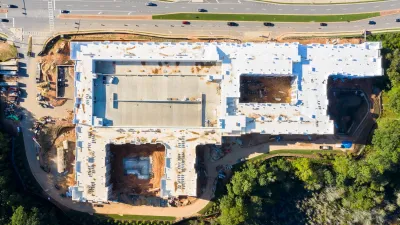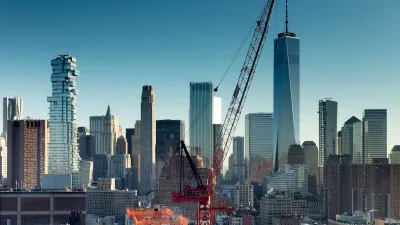Per a 2017 state law, all cities and towns must submit plans for providing enough housing in their jurisdictions, but a lack of clarity and enforcement mechanisms gives the law little real power.

According to an article by Alex Putterman in The Register Citizen, 11 Connecticut cities failed to meet the state’s deadline to submit affordable housing plans. “Under a state law passed in 2017, towns and cities must submit affordable housing plans to the state at least once every five years and post them publicly online. The plans must ‘specify how the municipality intends to increase the number of affordable housing developments in the municipality,’ the law states.”
However, the law doesn’t include penalties for jurisdictions that don’t comply. “The law also provides few details on how towns should create their plans or how much affordable housing the plans should seek to generate, leading to wide variance in depth and quality from one town to the next.” Some of the 11 towns with missing plans are finalizing their strategies, while others have not committed to adopting a plan at all.
FULL STORY: Two years after deadline, these 11 CT towns still haven't submitted affordable housing plans

Montreal Mall to Become 6,000 Housing Units
Place Versailles will be transformed into a mixed-use complex over the next 25 years.

Planetizen Federal Action Tracker
A weekly monitor of how Trump’s orders and actions are impacting planners and planning in America.

DARTSpace Platform Streamlines Dallas TOD Application Process
The Dallas transit agency hopes a shorter permitting timeline will boost transit-oriented development around rail stations.

Interactive Map Reveals America's “Shade Deserts”
Launched by UCLA and American Forests to combat heat-related deaths, the tool maps the shade infrastructure for over 360 U.S. cities.

Bicycles and Books — In Sacramento, Libraries Now Offer Both
Adult library card holders can check out e-bikes and e-trikes for up to one week.

Colorado Landfills Emit as Much Pollution as 1M Cars
Landfills are the third-largest source of methane pollution in Colorado, after agriculture and fossil fuel extraction.
Urban Design for Planners 1: Software Tools
This six-course series explores essential urban design concepts using open source software and equips planners with the tools they need to participate fully in the urban design process.
Planning for Universal Design
Learn the tools for implementing Universal Design in planning regulations.
City of Mt Shasta
City of Camden Redevelopment Agency
City of Astoria
Transportation Research & Education Center (TREC) at Portland State University
US High Speed Rail Association
City of Camden Redevelopment Agency
Municipality of Princeton (NJ)





























